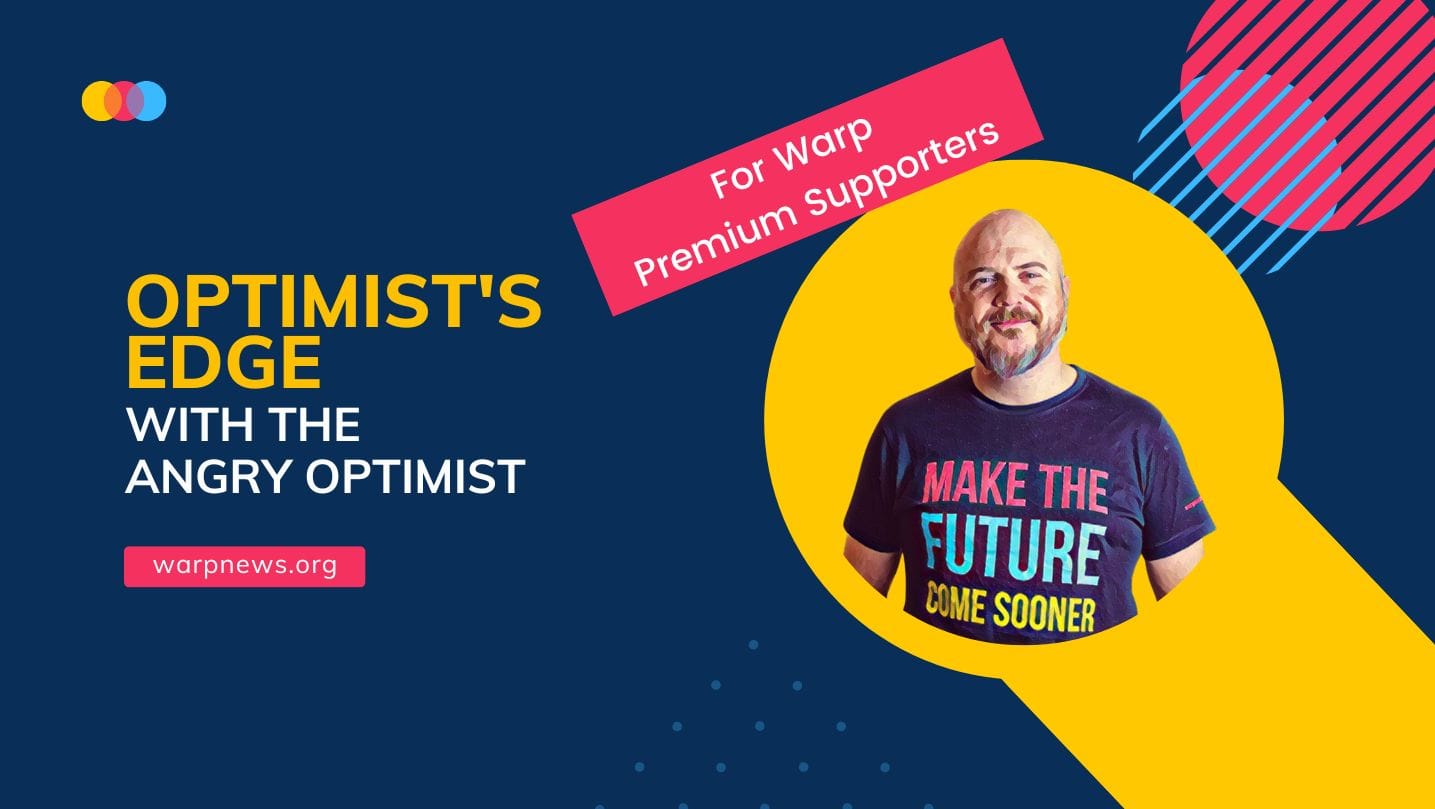
💡 How Jeff Bezos used the Optimist's Edge
Something called the internet was growing at 2300 percent per year. But it was dismissed as a fad. Jeff Bezos used Optimist's Edge to make a life-changing decision. You can do that too.
Share this story!
It began above a revolutionary bookstore
In an office above a communist bookstore, named Revolution Books, a thin-haired man with a boisterous laugh was reading statistics.
He was only 30 years old, but already the vice president at D. E. Shaw & Co. A hedge fund that today manages over $60 billion.
In other words, his career looked very promising. Hedge funds have produced dozens of billionaires.
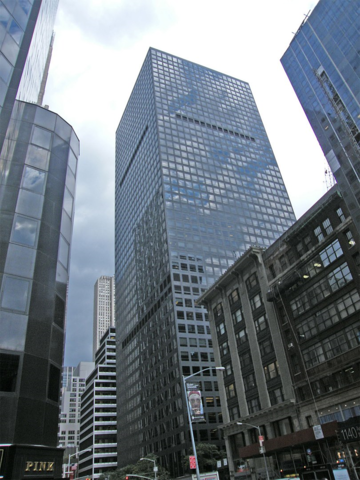
But he couldn't shake off this statistic. Something called the internet was growing at 2300 percent per year.
"You know, things just don’t grow that fast," he said a few years later.
Despite the bright future on Wall Street, he and his wife quit their jobs. She worked at the same place and they had gotten married the year before.
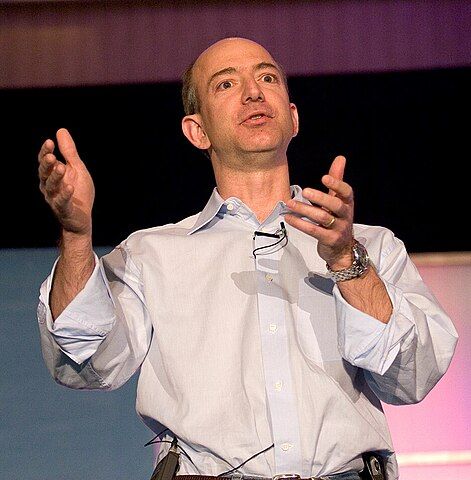
This was an opportunity too big to miss. If the growth continued, soon everyone would be on the internet and that's where they would want to shop.
It continued with a book revolution
He chose to start with books, but the plan was to sell everything. Books were a good starting product because the supply Amazon could offer online was much larger than what could fit in a bookstore. With over a million books, they could demonstrate the web's advantage.
Books were also standardized. When you bought a book, you knew what you were getting, even if you ordered it online.
A large book distribution center was located in Seattle, so Jeff and MacKenzie Scott Bezos packed themselves in the car and drove across the country to the rainy city in the Pacific Northwest.
In hindsight, the decision seems obvious.
Last year, Amazon had a turnover of over 5,000 billion SEK and has more than 1.5 million employees. Jeff Bezos was the world's richest person from 2017 to 2021. He is now third.
Even the founder has gone through a bit of a transformation...
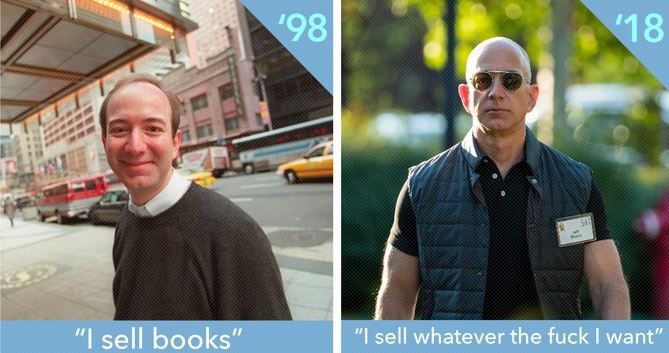
The internet is just a fad
As I said, in hindsight, the decision to leave Wall Street and start Amazon is obvious.
It wasn't at the time.
This is what the headlines looked like about the internet in the 1990s. Newsweek:

Robert Metcalfe, creator of Ethernet:

And my favorite, Paul Krugman:
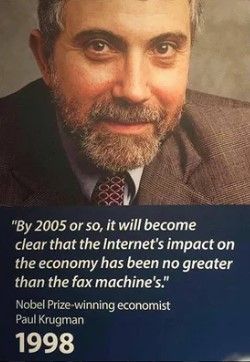
A tool for seeing opportunities
What Jeff Bezos used to make his decision was Optimist's Edge.
He looked past the negative headlines and pessimism and looked at the facts.
The internet was growing at 2300 percent, and he made the assessment that the growth would continue. Then something that few knew about, even fewer used, and many believed was a fad would become something big. Really big.
Not just facts, optimism too
But a good analysis wasn't enough. It required something more.
The strength of optimism is that you can visualize a positive outcome. Like an elite athlete, you can see the future success.
That's where you get your strength. To train hard and compete. Or to dare to quit a successful career and venture into the unknown.
Understanding something most people don't
With Optimist's Edge, you understand something most people don't understand.
Most people believed that the internet would remain small and insignificant, collapse completely, or at least not become as big and transformative as it did.
Jeff Bezos looked past negative headlines, general pessimism, and used facts and optimism to make a life-changing decision.
You can do that too.
Mathias Sundin
Arge optimisten
So, what is your edge? Here are 97 Optimist's Edge to start with.
 Warp NewsMathias Sundin
Warp NewsMathias Sundin
By becoming a premium supporter, you help in the creation and sharing of fact-based optimistic news all over the world.
